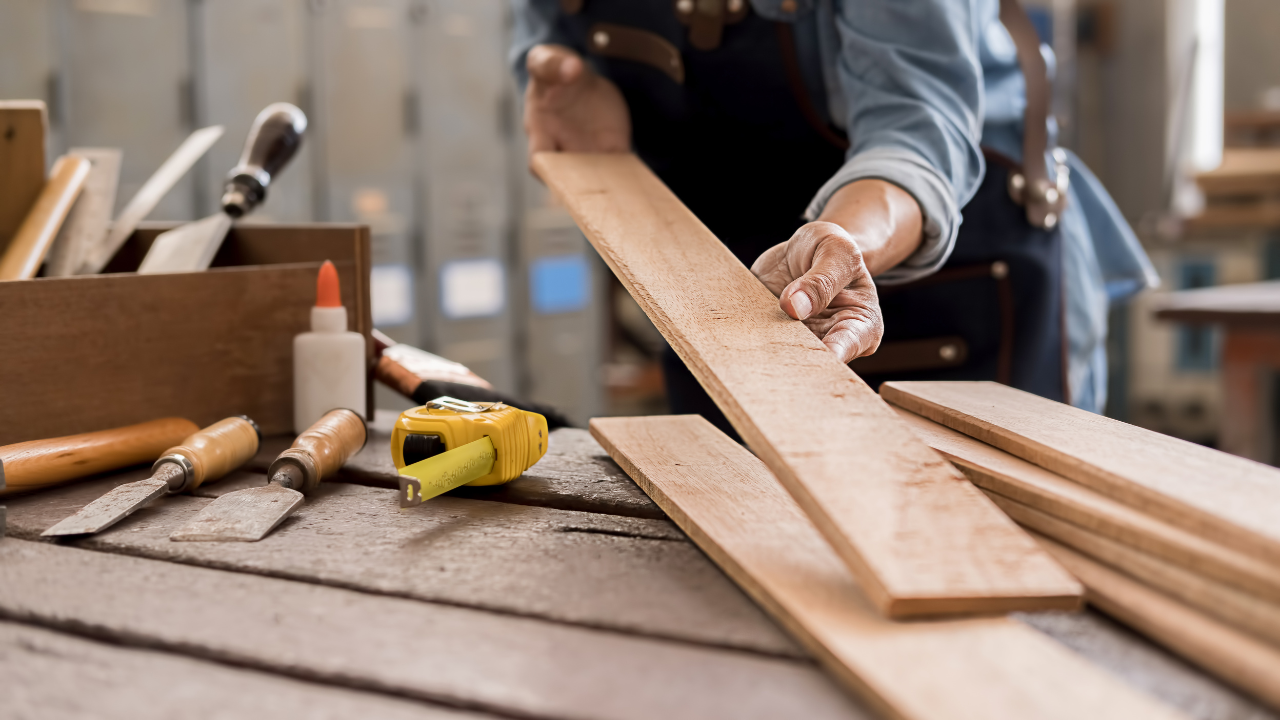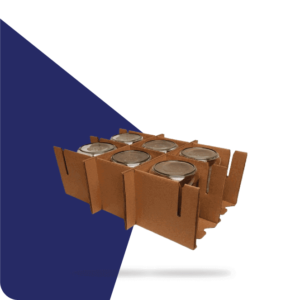Understanding the cost is essential for any construction project. Treated materials are specially processed to resist decay and pests. This makes them a popular choice for outdoor structures like decks and fences.
Prices vary based on several factors. These include the type of wood, the size of the project, and regional pricing differences. To get an accurate cost, it’s recommended to utilize Lumber Estimating tools. These can help provide a clearer picture of the total expense involved.
Types of Treated Lumber
There are several kinds available, each suited for different uses. One common type is pressure-treated wood, which is infused with preservatives under high pressure to protect against rot and insects. It’s widely used for framing and ground contact applications.
Another type is borate-treated lumber. This is less toxic and often used for indoor applications, such as wall studs, where moisture is less of an issue. Kiln-dried treated lumber is also significant, as it offers the benefits of treated wood without warping or shrinking, making it perfect for precise projects.
Factors Affecting Cost
Several elements influence the price of treated lumber. The type of wood profoundly impacts the cost. Hardwoods are usually more expensive than softwoods. Additionally, the level of treatment and the preservatives used can alter the price.
Geographic location also plays a significant role. Prices can vary depending on regional availability and demand. Seasonal fluctuations might affect costs, with higher prices often seen during peak building seasons. The size and complexity of the project additionally determine the overall expense, as larger projects will naturally require more materials and thus increase the total cost.
Local vs. National Pricing
Local pricing tends to reflect the availability and demand within a specific region. In areas where lumber is abundant, prices are generally lower. Conversely, in regions where timber is scarce, costs can be higher. This variance can be influenced by forest proximity, transportation costs, and local economic conditions.
National pricing, on the other hand, is influenced by broader factors. This includes overall market trends, national demand, and supply chain logistics. National events or policies can also affect these prices. Understanding both local and national factors is crucial for accurate budgeting and cost estimation.
Pricing by Size and Type
When purchasing treated lumber, dimensions and wood type affect pricing significantly. Smaller sizes cost less, making them ideal for minor projects. Larger pieces, like posts and beams, are pricier due to more wood and treatment materials. Specialty sizes add to the cost.
Different wood types also impact prices. Pressure-treated pine is commonly budget-friendly and resistant to decay. Cedar and redwood, while more attractive, cost more due to natural durability. Understanding these factors helps in planning and budgeting for your specific needs.
Cost of Installation
Installation costs can vary widely based on several factors. The complexity of the project is a critical element. Simpler projects generally require less labor and time, leading to lower costs. Conversely, complex designs demand more skilled labor, which increases expenses.
Another factor is the location. Urban areas often have higher labor costs compared to rural settings. Additionally, the size and type of the treated lumber used will influence installation charges. Larger and specialty pieces require more effort to install, thus raising the overall cost. Being aware of these elements aids in accurate budgeting for your construction project.
Seasonal Price Variations
Seasonal changes play a significant role in determining the price fluctuations of treated lumber. During peak building seasons, such as spring and summer, demand typically rises. This increased demand often results in higher prices. Many homeowners and contractors prefer to undertake exterior projects during these months.
Conversely, in off-peak periods like fall and winter, demand generally drops. As a result, prices may decrease, offering potential savings. This period can be ideal for purchasing materials if the timing isn’t constrained by weather. Understanding these seasonal trends can help in planning purchases and managing costs efficiently.
Comparing Treated Lumber to Alternatives
Choosing materials other than treated lumber depends on project requirements. Composite decking uses recycled plastics and wood fibers. It’s durable and low-maintenance but costs more upfront. This material is also eco-friendly and doesn’t splinter.
Another option is metal, often used for fencing and railings. Metals like aluminum and steel resist pests and rot. They can be more expensive but last longer with minimal upkeep. Both alternatives offer different advantages based on the project’s needs, providing options for various budgets and preferences. Considering these alternatives can help in making an informed decision.
Where to Buy
Shopping locations for treated lumber vary based on your needs. Big-box home improvement stores offer a wide selection and competitive prices. They often have sales and discounts, making them a good option for budget-conscious buyers. Another advantage is the convenience of finding everything needed for a project in one place.
Local lumber yards provide specialized knowledge and service. Though they might be more expensive, they often carry higher-quality materials. These stores can offer expert advice tailored to specific projects and regional conditions. Building relationships with these local suppliers can also result in future discounts and personalized service.
Budgeting and Planning
Budgeting and planning for treated lumber projects are essential steps to ensure cost efficiency. Start by assessing the project’s scope and calculating the required materials. Compare local and national prices to get the best deals. Factor in labor costs and any potential seasonal price variations that might impact your budget.
Proper planning also includes considering alternatives to treated lumber and where to buy your materials. Decide between big-box stores and local lumber yards. Each has its advantages and cost implications. Creating a detailed budget and timeline will help you manage expenses and avoid unexpected costs.
To read more articles visit Iktimes
Conclusion
Treated lumber offers many benefits for various construction projects. Its durability and resistance to decay make it a popular choice for outdoor structures. Understanding the different pricing factors is essential for budgeting effectively.
Consider both local and national price variances. Also, think about alternatives and where to buy materials. Planning and research will save money and ensure project success. Seasonal trends and installation costs should also not be overlooked. Being well-informed allows for better decision-making.















